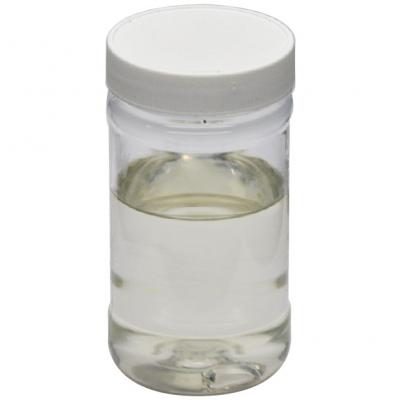When it comes to acid dyeing, levelling agents play a crucial role in achieving the desired levelness of dye penetration. A levelling agent for acid dyes serves to reduce the surface tension of the fiber, allowing for an even distribution of dye molecules. This, in turn, prevents uneven dyeing and patchiness by return, as a result of a more uniform color distribution. In this article, we will discuss the different types of levelling agents used in acid dyeing and their properties.
Types of Levelling Agents
Anionic Levelling Agents
Anionic levelling agents are the most commonly used type of levelling agents in acid dyeing. They contain the starting of hydrophilic and the end of hydrophobic, allowing them to interact with both fibers and dyes. Anionic levelling agents help to balance the surface tension between the fiber and dye solution, allowing for an even distribution of dye molecules. They work best in acidic conditions and are particularly effective in dyeing wool and silk fabrics.
Cationic Levelling Agents
Cationic levelling agents are another type of levelling agent used in acid dyeing. They have a positively charged from the starting of hydrophilic and the end of hydrophobic, making them ideal for use in alkaline conditions. Cationic levelling agents work by bonding to the fiber surface, reducing its electrostatic charge and improving the diffusion of dye molecules. They are particularly effective in dyeing synthetic fibers such as polyester and nylon.
Nonionic Levelling Agents
Nonionic levelling agents are a third type of levelling agent used in acid dyeing. They have a neutral charge and are often used in combination with anionic or cationic levelling agents to achieve a specific levelling effect. Nonionic levelling agents work by reducing the surface tension of the fiber, allowing for an even distribution of dye molecules. They are particularly effective in dyeing cotton and other cellulose-based fibers.
Properties of Levelling Agents
The properties of levelling agents are determined by their chemical structure and the type of fiber being dyed. Some of the key properties of levelling agents include:
Wetting Ability
Levelling agents must have good wetting ability to ensure even dye penetration. This property is determined by the hydrophilic head of the levelling agent, which must be able to interact with the water molecules in the dye solution.
Dispersion Ability
Levelling agents must have good dispersion ability to ensure even distribution of dye molecules. This property is determined by the hydrophobic result of the levelling agent, which helps to break up dye aggregates and prevent patchy dyeing.
Stability
Levelling agents must be stable under the conditions used in acid dyeing. They should not break down under acidic or alkaline conditions, and they should not interact with other dyeing components such as mordants or pH modifiers.
Levelling agents are an essential component of acid dyeing, helping to ensure even and uniform dye distribution. Anionic, cationic, and nonionic levelling agents are the three main types of levelling agents used in acid dyeing, each with its own unique properties. The properties of levelling agents are determined by their chemical structure and the type of fiber being dyed. Understanding the different types of levelling agents and their properties can help you achieve optimal results in acid dyeing.



 English
English  日本語
日本語  Español
Español  tiếng việt
tiếng việt  Türkçe
Türkçe  ไทย
ไทย  українська
українська  हिंदी
हिंदी  বাঙালি
বাঙালি  اردو
اردو 


